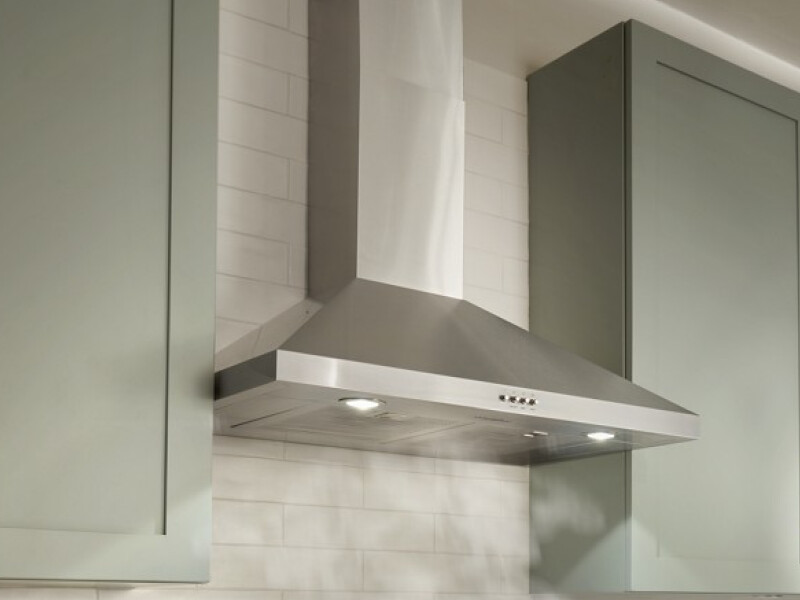
Choosing the right hood system—whether ducted or ductless—is essential for ensuring safe and effective ventilation in environments like hospitals, laboratories, and schools. The right hood ensures proper air filtration, containment of harmful substances, and compliance with safety regulations. Here are five tips to help you make an informed decision when selecting between a ducted or ductless hood for your facility.
1. Understand the Nature of Contaminants
Before choosing a ducted or ductless hood, assess the types of contaminants your facility will be handling.
Ducted Hoods are ideal for environments where the air contains toxic chemicals, volatile organic compounds (VOCs), or flammable substances. These hoods work by venting hazardous air outside the building, ensuring the highest level of safety by removing contaminants entirely from the indoor space. This is particularly important in chemical laboratories and hospital pharmacies where high-risk materials are handled.
Ductless Hoods, on the other hand, filter the air through specialized filters before recirculating it back into the room. These hoods are typically suitable for environments dealing with non-toxic fumes, powders, or particulates. In educational labs and hospital diagnostic rooms where the contaminants are less dangerous, a ductless hood can offer a more convenient and cost-effective solution.
When choosing between the two, assess your contaminants carefully. If your lab or facility deals with hazardous chemicals regularly, a ducted hood is typically a safer choice. However, for lower-risk settings, a ductless hood might suffice.
2. Evaluate Installation Costs and Infrastructure Requirements
Ducted hoods typically require more extensive installation since they need ductwork to channel exhaust air out of the building. This involves higher upfront costs, construction time, and building modifications.
Hospitals and laboratories often have existing infrastructure that can accommodate ductwork, but if you’re working in a school science lab or a newly designed facility, the cost and complexity of installing ducts might not be feasible.
Ductless hoods, by contrast, offer more flexibility. They can be installed more quickly and with fewer modifications to the building. These systems don’t require expensive ductwork or long-term construction projects, making them a great choice for facilities looking to minimize downtime or avoid hefty installation fees.
For institutions on a budget, or for smaller, temporary labs, a ductless hood can provide a more cost-effective solution.
3. Consider Maintenance and Filter Replacement Costs
Maintenance requirements differ significantly between ducted and ductless hoods, and it’s crucial to factor these into your decision.
Ducted Hoods: Since these systems vent air externally, maintenance mostly involves ensuring the ductwork remains clear and functional. There are fewer components that require frequent attention, which can reduce long-term costs.
Ductless Hoods rely heavily on filters to clean the air before it is recirculated. These filters need regular replacement to ensure the hood continues to function effectively. Depending on the type of work done and the level of contaminants, filters can need replacement anywhere from every few months to annually.
While ductless hoods can be cheaper to install, remember that ongoing maintenance costs for filter replacement can add up over time. Laboratories handling large volumes of material or using heavy particulate-producing processes may find the recurring filter costs to be a disadvantage.
4. Assess Regulatory and Safety Compliance
Compliance with safety and health regulations is essential, especially in environments like hospitals and laboratories where improper air handling can lead to serious health risks.
Ducted Hoods generally meet stricter safety requirements and are often preferred when dealing with hazardous substances due to their ability to completely remove harmful air from the building.
Ductless Hoods can still meet regulatory standards, provided they are used in appropriate settings. They often include alarms or monitoring systems to alert users when filters need replacement or when air quality reaches unsafe levels.
Consult your local regulations and safety requirements to determine whether a ducted or ductless hood is necessary for your facility. School laboratories, for example, may not require the same strict standards as a hospital, but ensuring compliance with regional guidelines is essential.
5. Factor in Flexibility and Mobility Needs
Consider how permanent or mobile your laboratory or workspace is.
Ducted Hoods are stationary and best suited for long-term setups. They offer consistent, high-level protection but are difficult to move once installed.
Ductless Hoods are portable and can be relocated as needed, making them ideal for schools or temporary lab setups. If flexibility is important to you, or if the space may need to be reconfigured regularly, a ductless hood can offer the mobility that a ducted system cannot.
Conclusion
Selecting the right ducted or ductless hood for your hospital, laboratory, or school is critical for maintaining a safe and compliant working environment. By considering the nature of the contaminants, installation and maintenance costs, safety compliance, and mobility needs, you can make an informed decision that aligns with your facility’s requirements. Both ducted and ductless hoods have their advantages, but choosing the right system will ensure optimal performance and safety for your team and environment lemari asam by roland.







